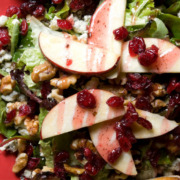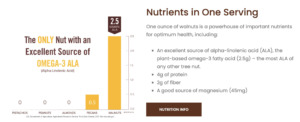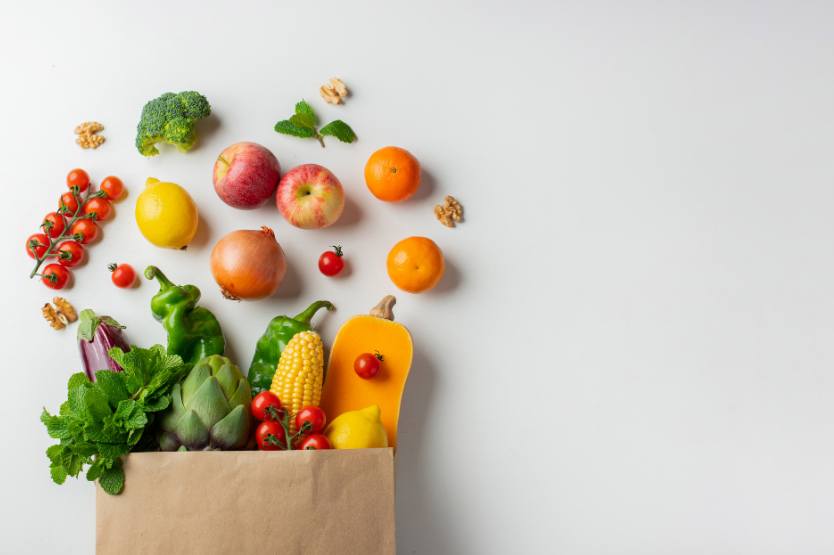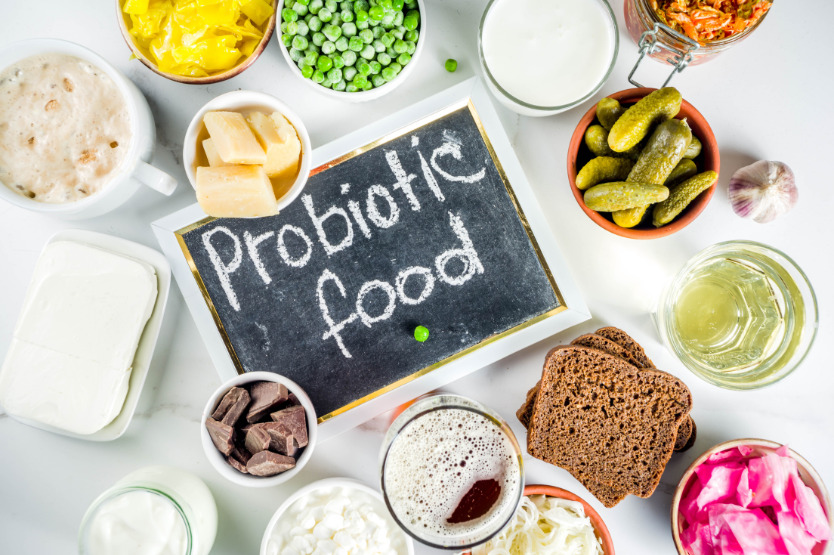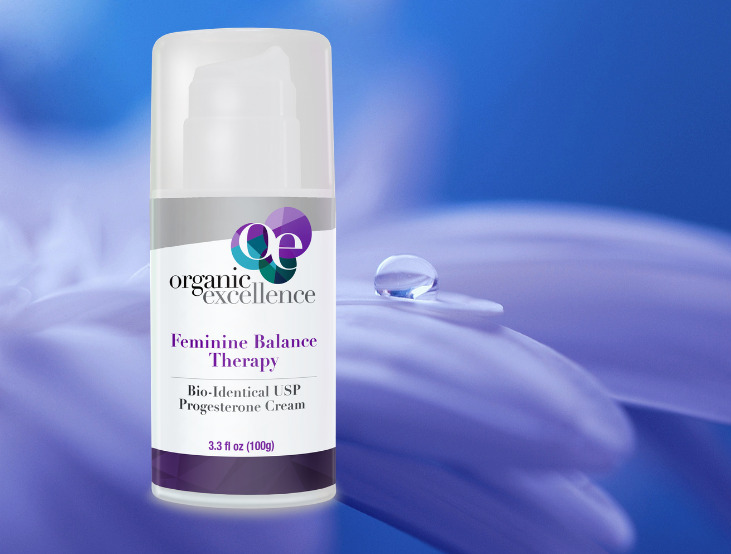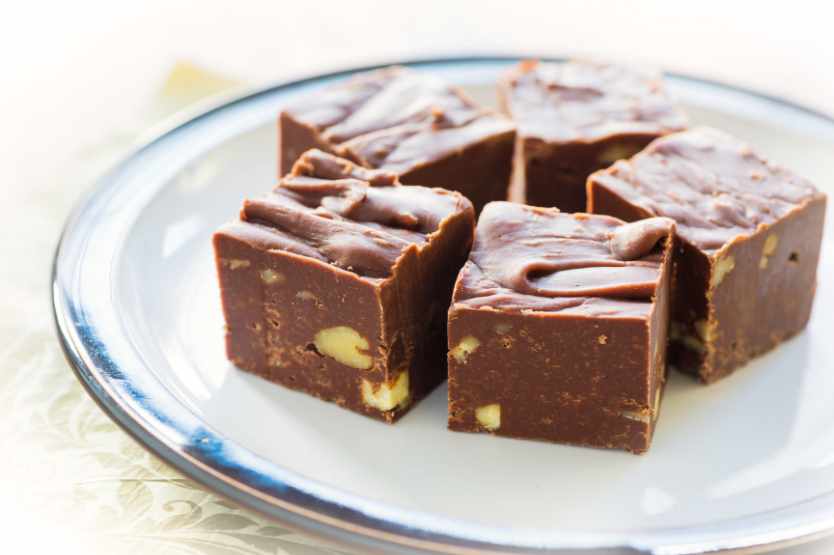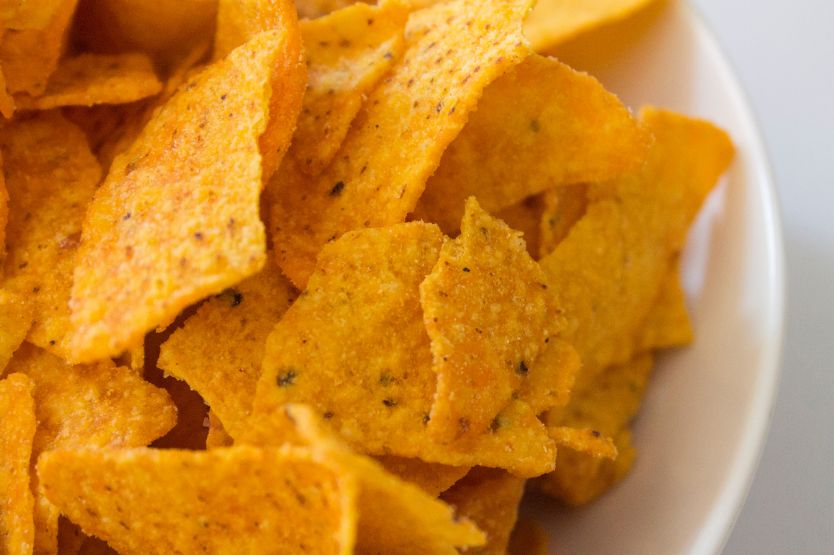Are you hormones out of balance? Do you know what hormone imbalance looks and feels like? Symptoms range from mood issues, PMS, infertility and more, but these symptoms are just a few that women “deal with” and consider just part of being a woman. However, I am excited to share the fact that many of the negative symptoms relating to a woman’s reproductive health can be minimized or even avoided!
Symptoms of Imbalance
Menopause
Did you know, two-thirds of women suffer from menopausal symptoms?
As women age, hormone levels become imbalanced as the body produces less of them. Estrogen and progesterone, the two primary hormones, work together to perform their many and complex functions. Between the ages of 45-50, most women will cease to have a menstrual period, and this marks the beginning of the official menopause phase.
Symptoms of menopause can include hot flashes, night sweats, moodiness, and more. During this time is usually when women seek the advice of their physician or natural health practitioner for help to battle the “changes” of the phase.
Hot Flashes
Hot flashes occur when blood vessels near the skin’s surface expand to cool the body. They are the most frequent symptom of menopause and pre-menopause as two-thirds of all women suffer from them. Hot flash symptoms may include a red face, sweating, increased heartbeat, or chills. If they occur at night, they are called night sweats. Did you know that stress, caffeine, alcohol, spicy foods, tight clothing, heat, and smoke from tobacco products can trigger hot flashes?
Premenstrual Syndrome (PMS)
About 85% of women experience the misery of PMS symptoms (around 10% can be severe), and these symptoms, just like menopause symptoms, can be reduced greatly. Symptoms occur during or before the menstrual cycle which can include bloating, weight gain, aggression, cloudy thinking, head or backaches, cravings, anxiety, mood swings, and more. PMS is correlated to the body being out of balance, specifically the hormones progesterone and estrogen.
Balancing hormones with whole food nutrition
How would you like to experience freedom from the miserable symptoms of Menopause and PMS? To put the body back in balance you must choose whole, clean, unprocessed food, especially fruits, vegetables, and green leafies. What do I mean by whole, clean food? Whole, clean food is the stuff straight from God and nature without additives, preservatives, pesticides, herbicides, and genetically modified organisms (GMOs). This means vine-ripened (picked at peak nutrient levels versus being picked green) or certified organic fruits and vegetables. According to the USDA, half of your daily intake of food should be from fruits, vegetables, and greens, which is approximately 7-13 servings! Are you getting a variety of these on a daily basis?
In addition to whole, clean fruits and vegetables, we must not forget the importance of nuts and seeds (raw, unsalted) to supply fiber, protein, and essential fatty acids (EFA’s). These essential fatty acids are crucial to hormone regulation. Nature provides these essentials through a variety of foods:
- Extra Virgin Olive Oil, cold-pressed
- Butter or ghee (from grass-fed, antibiotic, hormone-free animals)
- Borage oil
- Hemp seeds or oil
- Nuts and nut butters especially almond and walnut
- Coconut Oil
- Flax seeds and oils
- Seafood: wild (not farm-raised) cold-water fish and oils such as sardines and salmon.
As a necessary, basic component for balanced hormones, the body requires Essential Fatty Acids (g00d fats). Personally, I use a minimum of 2-4 Tablespoons per day of the oils listed above and strive to use different ones each week to ensure I receive a variety as each has unique properties. Additionally, EFA’s are necessary for the production of prostaglandins, which are the precursors to hormones. Prostaglandins are important for the regulation of many bodily functions:
- Inflammation, pain, and swelling
- Blood pressure and heart function
- Kidney function and balance
- Allergic response
- Immune response
- Nerve transmission
- Hormones
- Steroid production and hormone synthesis
- Blood clotting and red blood cell/platelet aggregation (stickiness)
The good prostaglandins prevent blood cells from sticking together, which leads to improved blood flow and reduced inflammation, therefore, reduced pain.
In summary, eating whole, clean, processed foods and increasing or adding EFA’s are two small foundational steps to balance the body and hormones. What foods have you found that help balance the body when it comes to hormone health or what foods have you learned to avoid? Tell us in the comments below.



